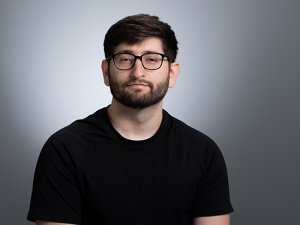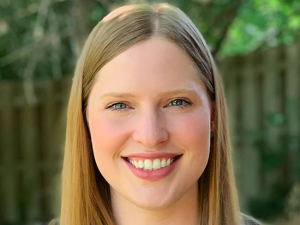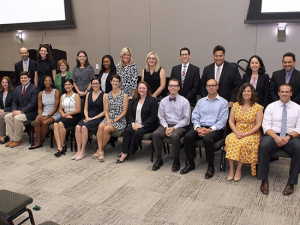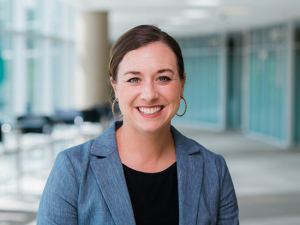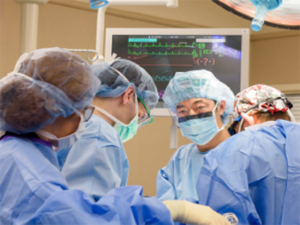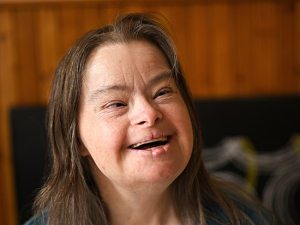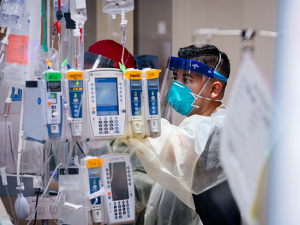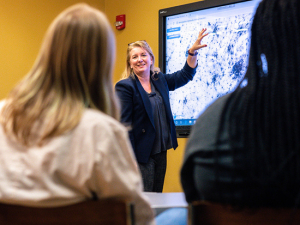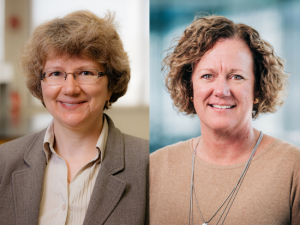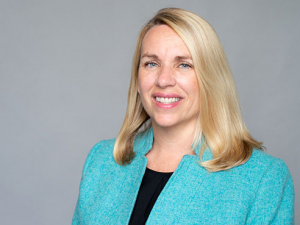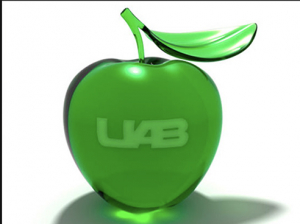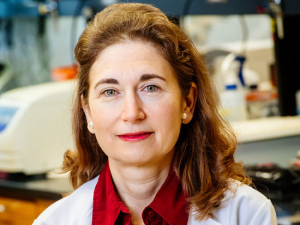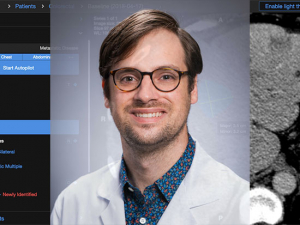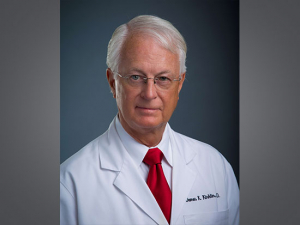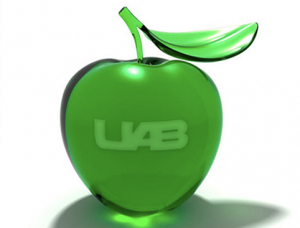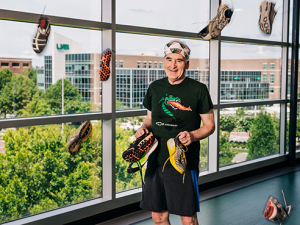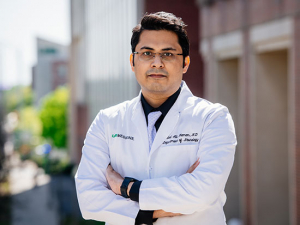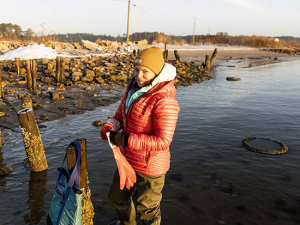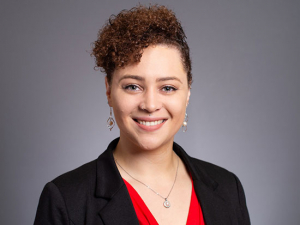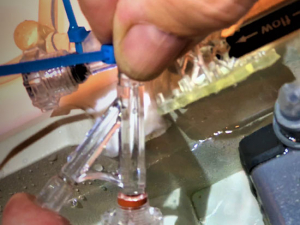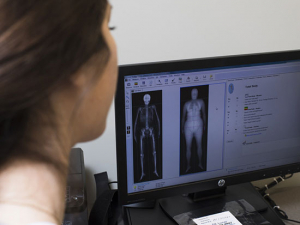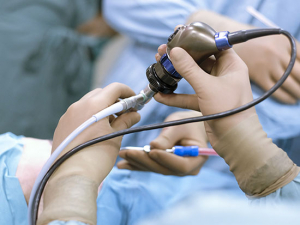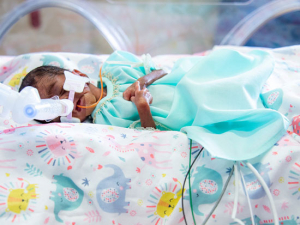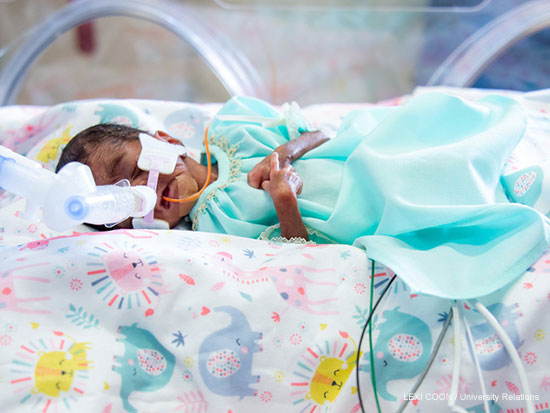 This summer, UAB’s Harbert Institute for Innovation and Entrepreneurship awarded more than $300,000 to faculty and staff with ideas for new products and processes that needed proof-of-concept or early-stage product development support to reach their commercialization potential. Eleven projects received funding of $10,000 to $50,000, made possible by the Regional Innovation Strategies program of the U.S. Economic Development Administration.
This summer, UAB’s Harbert Institute for Innovation and Entrepreneurship awarded more than $300,000 to faculty and staff with ideas for new products and processes that needed proof-of-concept or early-stage product development support to reach their commercialization potential. Eleven projects received funding of $10,000 to $50,000, made possible by the Regional Innovation Strategies program of the U.S. Economic Development Administration.
What are these projects, and who are the inventors behind them? The Reporter met with several grant recipients to learn more about their ideas and their advice to colleagues considering commercialization opportunities of their own.
This week’s project is ZorroFlow, led by David Askenazi, M.D., professor in the UAB Department of Pediatrics and director of the Pediatric and Infant Center for Acute Nephrology at Children’s of Alabama.
ZorroFlow is a neonatal external urine-collection device which has been designed for safe and effective use on even the smallest of children. The device provides a safe, comfortable and easy-to-use system for continuous measurement of urine output and sampling.
|
“If you see that there is a need, don’t wait for someone else to develop it. Think it through, write it down, develop a team and reach out for help from the institute to help you solidify the idea and plan.” |
Knowing how much urine is being produced is a critical piece of information in all critically ill patients, Askenazi said — it lets physicians know about organ perfusion and allows them to determine the amount of fluid to prescribe to address any imbalances. But the current urine-collection methods used in neonates and small children have significant drawbacks, he noted, which means clinicians are often unable to get the information they need.
Multiple prototypes of ZorroFlow have been designed and tested using 3D printers in the School of Engineering, with initial pilot funding through the Tolwani Innovation Fund in Nephrology. The Regional Innovation Strategies funds will enable Askenazi’s team to create a steel mold of their most recent prototypes, and allow them to produce 1,000 devices to perform the final efficacy, safety and usability tests needed prior to FDA approval.
How did you develop the idea for ZorroFlow?
“We struggled with the inability to measure urine output in small babies as we were caring for them and trying to improve our understanding of the impact of kidney disease in neonates,” Askenazi said. “We recognized this important gap in our ability to take care of neonates and investigate critical questions in neonatal nephrology.”
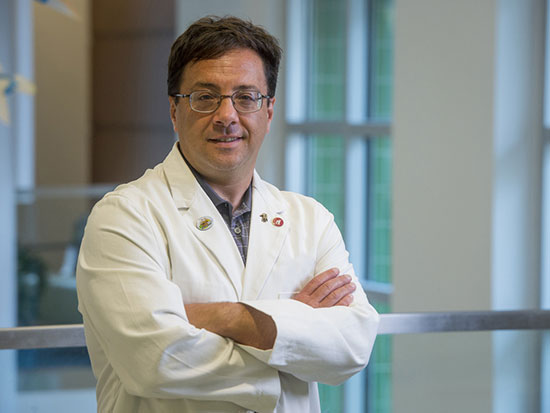 David Askenazi, M.D.
David Askenazi, M.D.
What problem does ZorroFlow solve? Are there any similar solutions on the market?
“It will allow us to measure, sample and test urine in even the smallest infants. To our knowledge all other solutions on the market have critical problems.”
How long have you been thinking about this idea?
“We have been working on this idea for about one year now.”
What factors convinced you to move forward into commercialization?
“The need to improve outcomes in babies who are faced with kidney-related issues.”
Is this the first time you have worked with the HIIE?
“We have worked with the institute to protect/patent innovations in the area of kidney support therapy in small children and neonates.”
Do you have any advice for others in the UAB community who may have an innovative or entrepreneurial project in mind?
“If you see that there is a need, don’t wait for someone else to develop it. Think it through, write it down, develop a team and reach out for help from the institute to help you solidify the idea and plan.”
